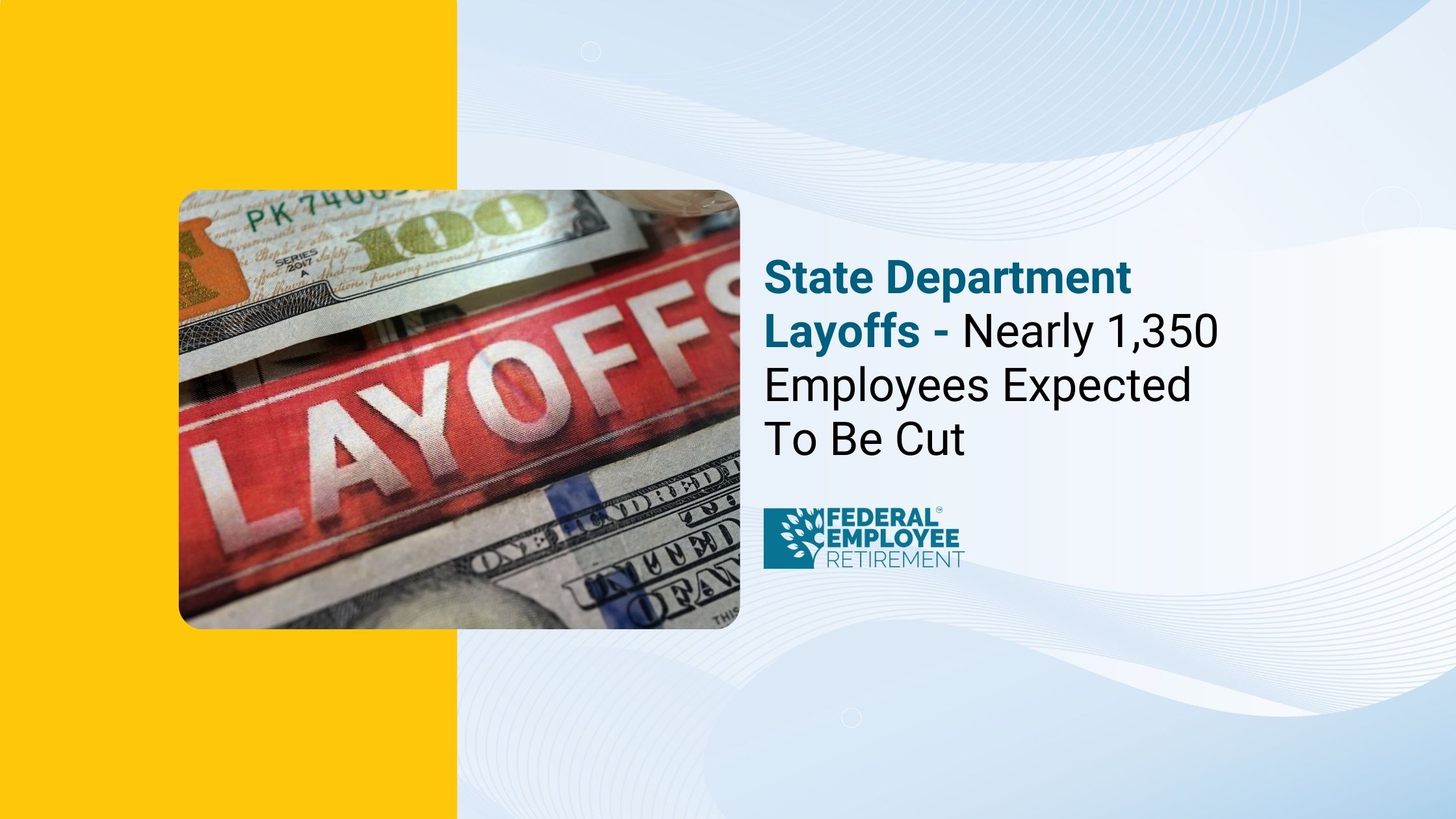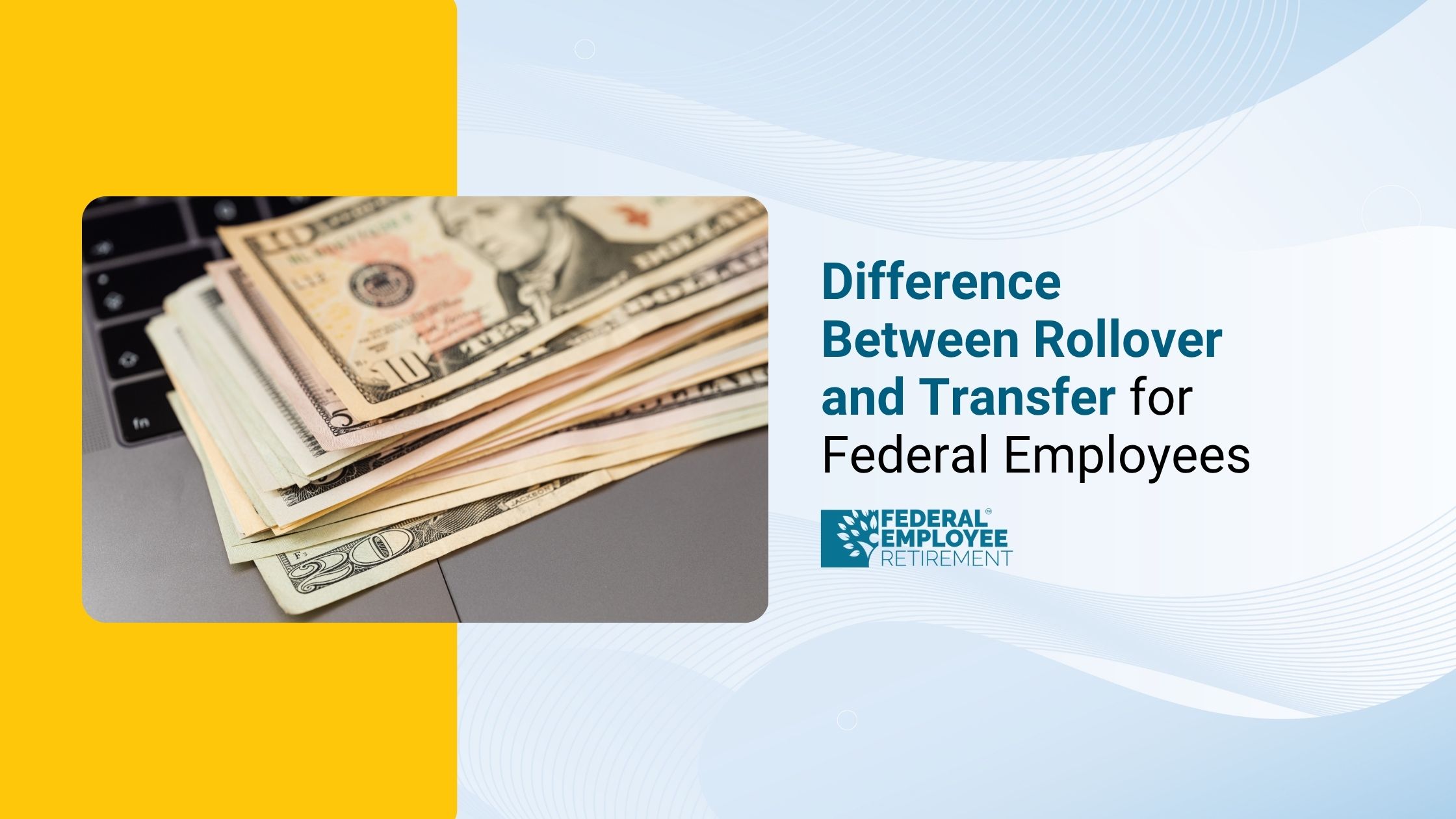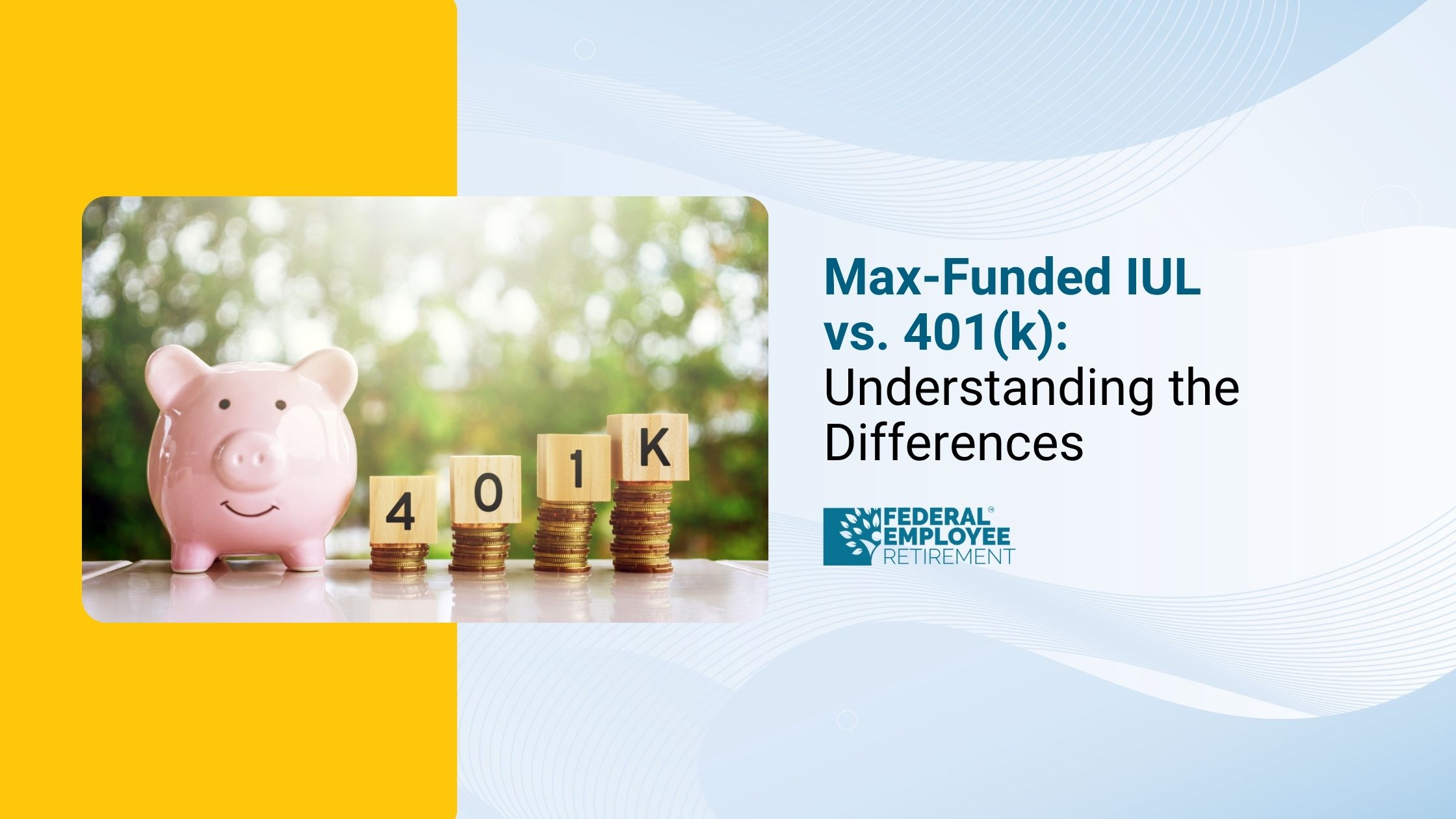You’re not alone; 4,359 federal employees booked their free review.

State Department Layoffs: What You Need to Know
The U.S. State Department is preparing for potential large-scale layoffs this week, with nearly 1,350 employees expected to be cut on July 11, 2025. While the cuts were spread across the agency, certain bureaus and offices felt the impact more sharply than others.
According to internal data, the Bureau of Global Talent Management (GTM) was hit the hardest, losing more than 150 employees, while the Bureau of Consular Affairs saw over 100 staff reductions although some have since been reinstated to maintain critical passport operations.
This reduction-in-force (RIF) is one of the most significant in recent years and has raised concerns about the long-term effects on U.S. diplomacy, passport services, and national security. Though officials maintain that frontline services remain intact, employee unions, lawmakers, and former diplomats argue that these layoffs weaken the nation’s ability to uphold its global commitments.
Breakdown of the State Department Layoffs
The bureau-by-bureau data provides a clearer picture of where the cuts were most heavily concentrated:
Reports indicate that as the State Department prepares for potential large-scale layoffs this week, employees across talent management, consular affairs, and overseas operations are bracing for major disruptions.
- Bureau of Global Talent Management (GTM): More than 150 employees laid off the largest single cut. Some employees later learned their notices were sent in error and were reinstated.
- Bureau of Consular Affairs: Over 100 employees affected, though about 25 were quickly reinstated to ensure smooth passport operations.
- Office of Planning and Program Support (PPS): Briefly “abolished,” with staff receiving RIF notices, but later reinstated due to operational necessity.
Bureau of Overseas Buildings Operations: Nearly 100 employees cut, affecting management of the department’s international real estate portfolio.
Planning your federal retirement has never been more important. With large-scale layoffs and workforce changes like the recent State Department RIF, federal employees face growing uncertainty about their future. At Federal Pension Advisors, we specialize in helping federal employees secure their retirement, maximize pension benefits, and navigate unexpected career transitions with confidence.
Passport Services and Public Impact
Passport services were a major concern after the layoffs, especially since the department only recently cleared years of backlog caused by the pandemic. The Office of Planning and Program Support, which forecasts passport demand and manages staffing, was temporarily dismantled before being restored. Deputy Secretary for Management and Resources Michael Rigas clarified that the RIFs targeted administrative functions only, assuring Congress that frontline passport processing staff were unaffected.
Errors and Reinstatements
Notably, a small number of employees received termination notices due to administrative errors. These were later corrected, and the affected employees were reinstated. Lew Olowski, senior official for GTM, admitted in a notice to staff that some positions were mistakenly flagged.
Reactions from Lawmakers and Diplomats
The layoffs have sparked backlash from unions, lawmakers, and former diplomats:
- Uzra Zeya, former Under Secretary for Civilian Security, Democracy, and Human Rights, called the RIF “a decimation of U.S. diplomacy” that makes the nation less safe.
- Kelly Rodriguez, a former senior diplomat, highlighted how terminated employees played critical roles in fighting child labour and unfair global trade practices.
- Sen. Andy Kim (D-N.J.), himself a former diplomat, said the layoffs were a “disrespectful” way to treat employees who risked their lives serving in conflict zones.
- Sen. Chris Van Hollen (D-Md.) warned that the cuts diminish America’s ability to advance its values and interests worldwide.
You might read - dod rif 2025
What the Layoffs Mean Going Forward
While the State Department insists the reductions will streamline operations and cut costs, critics argue the impact could be long-lasting. Reduced staffing in talent management, overseas operations, and policy support may limit the department’s ability to respond to global crises, manage diplomatic facilities, and retain experienced staff.
For federal employees, the recent RIF underscores the volatility of workforce structures under shifting policy priorities. For the public, the primary concern remains whether critical services like passport issuance will continue without delays.
Conclusion
Ultimately, with the State Department preparing for potential large-scale layoffs this week, employees, lawmakers, and citizens alike are watching closely to see how America’s diplomatic strength and public services will be affected.
FAQ
How many employees does the US State Department have?
The U.S. State Department employs about 76,000 people worldwide, including Foreign Service officers, Civil Service employees, and locally employed staff at embassies and consulates.
Are layoffs going to continue in 2025?
Yes, reports suggest that layoffs may continue through 2025, depending on budget constraints, restructuring plans, and congressional funding decisions. The July 2025 cuts are seen as part of a broader workforce reduction strategy.
Who goes first during layoffs?
In federal government layoffs, known as a Reduction in Force (RIF), employees are ranked based on tenure, veteran status, performance ratings, and length of service. Generally, those with less seniority and lower retention scores are the first to be laid off.
What job industry has the most layoffs?
In the U.S., industries with the most layoffs often include technology, retail, and government sectors during restructuring periods. Recently, tech companies have led in the highest number of layoffs, but government downsizing like the State Department layoffs can also affect large numbers of employees at once.


Get Updated
Subscribe to our weekly updates for the latest on retirement planning, federal benefits, exclusive webinars, and more!
Download Federal Retirement: Step-by-step Checklist
This comprehensive guide will help you understand your federal benefits, optimize your savings, and plan for a comfortable future.



.png)








